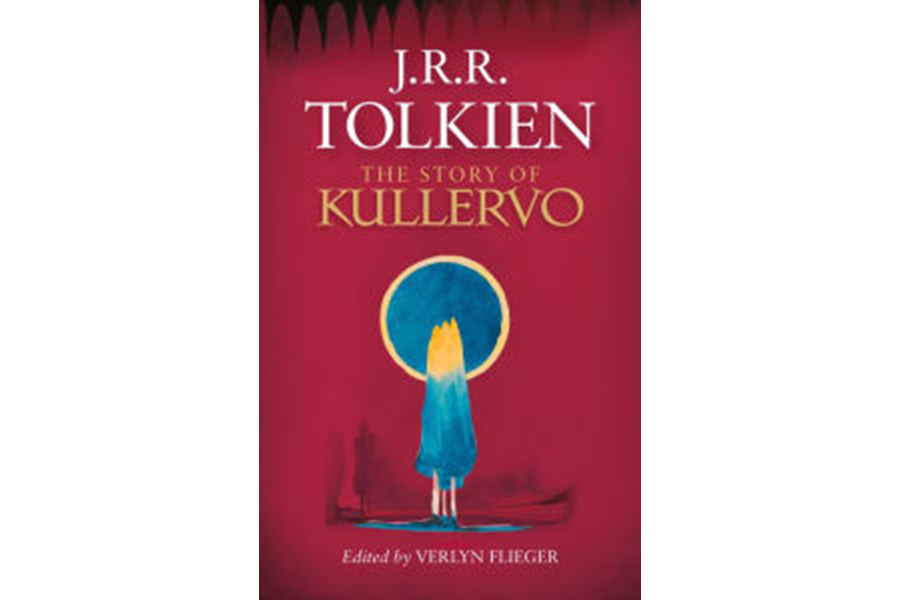Hitting bookstores soon: J.R.R. Tolkien's first fantasy story
It's the short story JRR Tolkien called "the germ of my attempt to write legends of my own," and it's languished, largely unseen, in an academic journal – until now.
On August 27, publisher Harper Collins will release Tolkien's "The Story of Kullervo," a dark retelling of the 19th-century Finnish poem "The Kalevala."
It's the latest in a number of previously unpublished works by the popular "The Lord of the Rings" and "Hobbit" author that have been recently released, and it may offer insight into Tolkien's later, more famous works.
“In addition to it being a powerful story in its own right, The Story of Kullervo – published here for the first time with the author’s drafts, notes and lecture-essays on its source-work, The Kalevala – is a foundation stone in the structure of Tolkien’s invented world,” Harper Collins said in a statement, echoing the author's own words.
“The germ of my attempts to write legends of my own to fit my private languages was the tragic tale of the hapless Kullervo in the Finnish ‘Kalevala,’” Tolkien himself wrote in a 1964 letter. “It remains a major matter in the legends of the First Age (which I hope to publish as ‘The Silmarillion’).”
Tolkien wrote "The Story of Kullervo" in 1915, while studying at Oxford. The unfinished short story is based on a tragic character in the Finnish poem, "The Kalevala." After a magician kills his father and kidnaps his mother, young Kullervo is brought up by a dark magician who also tries to kill him. Kullervo is sold into slavery, after which he uknowingly commits incest with his sister, who, upon discovering what they have done, kills herself.
“And before he could leap up and grasp her she sped across the glade (for they abode in a wild dwelling …) like a shivering ray in the dawn light scarce seeming to touch the green dewy grass till she came to the triple fall and cast her over it down its silver column to the ugly depths,” writes Tolkien.
“And her last wail he heard and stood heavy bent on the brink as a lump of rock till the sun rose and thereat the grass grew green and the birds sang and the flowers opened and midday passed and all things seemed happy: and Kullervo cursed them, for he loved her.”
HarperCollins called Kullervo “perhaps the darkest and most tragic of all JRR Tolkien’s characters," and said he was “the clear ancestor of Túrin Turambar, tragic incestuous hero of The Silmarillion."
“I was immensely attracted by something in the air of the Kalevala,” Tolkien wrote in 1955 to WH Auden, as reported by the UK's Guardian. “I never learned Finnish well enough to do more than plod through a bit of the original, like a schoolboy with Ovid.… But the beginning of the legendarium … was in an attempt to reorganize some of the Kalevala, especially the tale of Kullervo the hapless, into a form of my own.”
Like his translation of "Beowulf," his poem "The Fall of Arthur," and his unfinished short story, "The Children of Hurin," readers can now enjoy Tolkien's previously unpublished work August 27.








